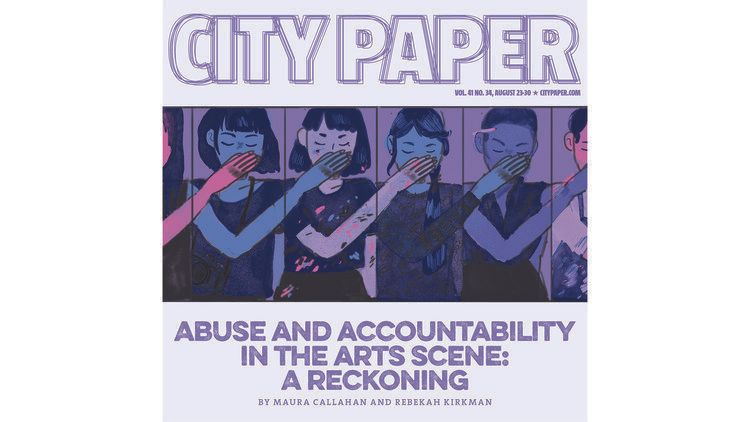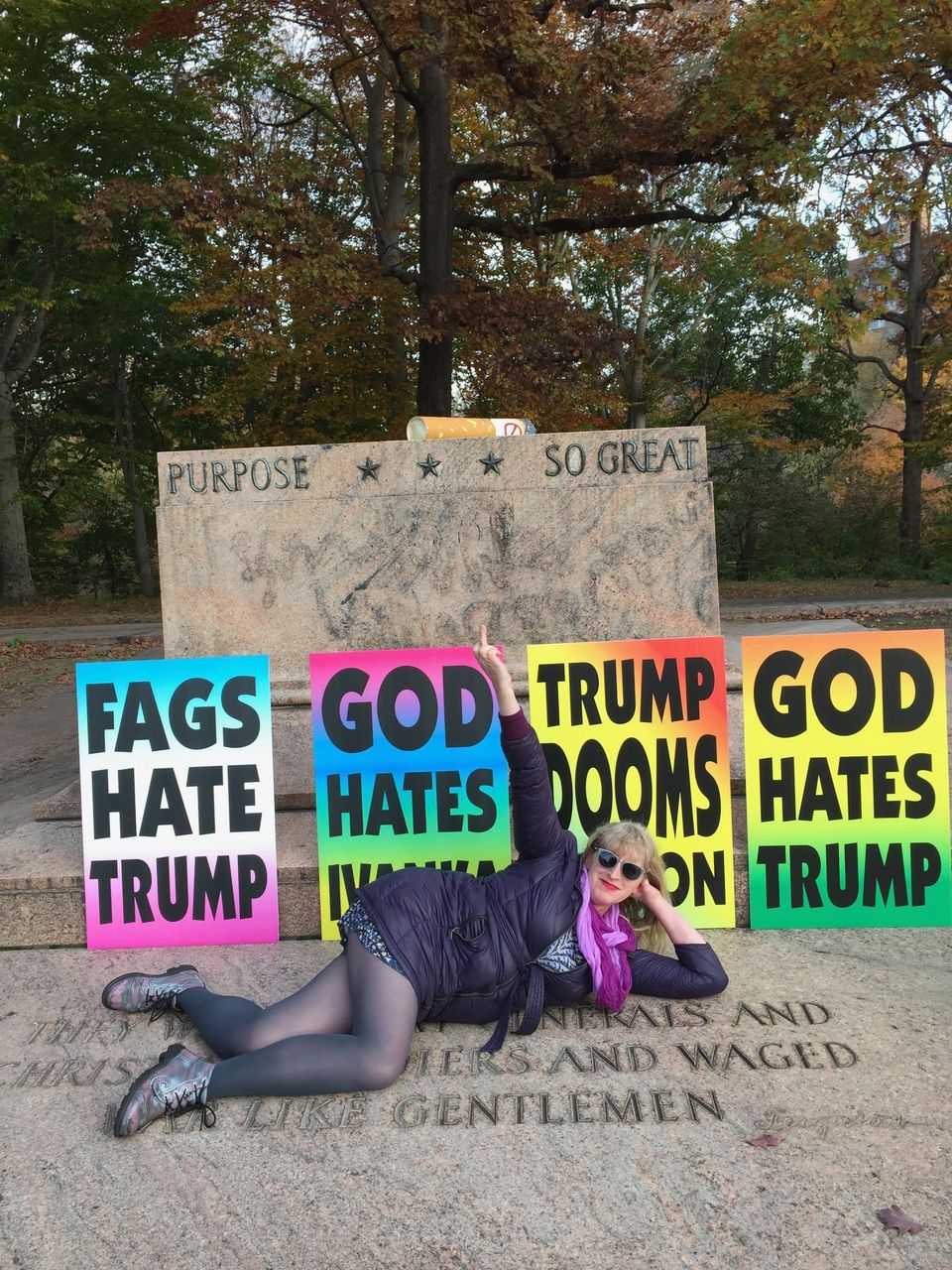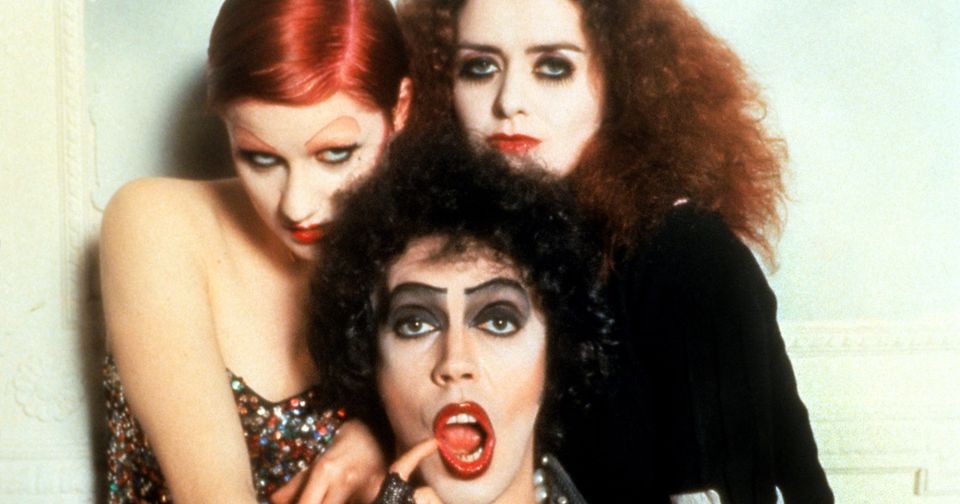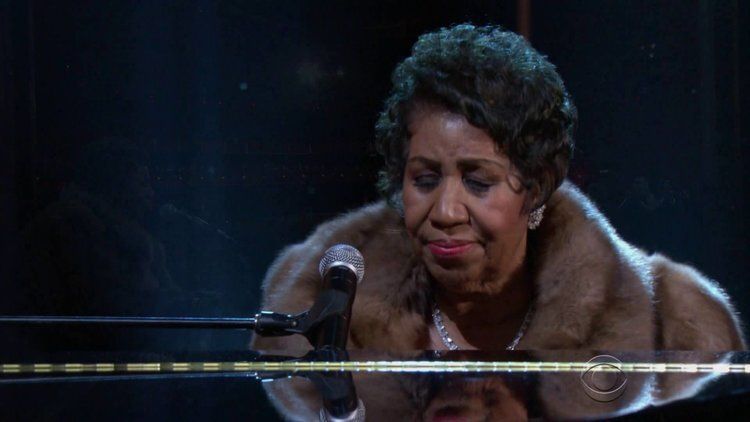I was honored to speak this weekend at the Arlington Arts Center on a bill of artist talks called "Nasty Women: Art Talks." Hosted by The Studio Visit, I had the opportunity to share the stage with a lot of really powerful artists who also happen to be women. This was, for me, one of those immensely exciting and personally challenging experiences that I fretted about for days ahead of time, and in the end felt immensely rewarding and enriching. I look forward to knowing more about my fellow speakers into the future, and I advise you all to find things that scare you and do them anyway.
My remarks were a summary of where my head has been for the past eighteen months or so; a year that has been somehow simultaneously the best and the worst year ever. There's never a great time to reckon with the abuses we endure, although the truth is that those of us who reckon with abuse are doing it all the time anyway. As Buffy once said, "The hardest thing in this world is to live in it."
So here are my remarks. Link to the watershed article on abuse and accountability in local arts scenes by Maura Callahan and Rebekah Kirkman in the glorious Baltimore City Paper follows below.
See also: Maura Callahan and Rebekah Kirkman and Britanny Oliver on the Marc Steiner show this week, expanding on these topics and offering some advice for those who want to make the world better.
No more silence.
Update 20 Nov 2017: This talk is now available for your viewing pleasure at The Studio Visit's website.

The artists from "Nasty Women: Art Talks" 21 Oct 2017. Linn Meyers, Mei Mei Chang, Nekisha Durrett, Judy Byron, Rahne Alexander, Fabiola Alvarez Yurcisin, Sue Wrbican, Roxana Alger Geffen and The Studio Visit at Arlington Arts Center. Photo by Isabel Manolo.
RAHNE ALEXANDER
NASTY WOMEN ART TALK - ARLINGTON ART CENTER 21 OCT 2017
In 2002 I moved from Santa Cruz California to Baltimore to become an artist
I did some great things in CA towards social justice for queer & trans ppl but I was better suited pursuing those goals as an artist instead of an activist
I was trans and poor in California, I didn’t have a car and was in no place to get one
Complicated story short, Baltimore called my name
I listened and went
I joked to everyone in California about coming to Baltimore to become a rock star, and they all said, where’s that?
Surprisingly, the rock star thing sorta happened — close enough to the term for me anyway
I started bands, and we helped reignite a queer music scene that had become dormant
I began to make film and video work
One of my pieces was a collage film that delved into the history of trans representation in cinema and turned the camera around on the viewer to show how they’ve learned to become uncomfortable and violent against trans people. it’s shown all over the country. this isn’t what you’re seeing here.
This is a collage i made last year for an exhibit at the Baltimore Museum of Art, called the Baltimore LGBTQI+ Home Movie Quilt. This was a crowd-sourced collage of everyday images from queer lives, collected over the year, in attempt to stitch together the stories of a very fractured community. A veritable photo album celebrating the mundane, the quotidian queer. The LGBTQI community is often brought together under a blanket statement, but beneath that blanket there is usually very little unity and very little peace. I decided to hang that blanket on the wall so we could all take a good look at it.
I embraced radical feminism as a young trans woman in the late 80’s, only to find out quickly that radical feminism didn’t always exactly embrace me as a trans woman of any age. I became sad that some of those who had mentored me had gone off the grid permanently. I understand the desire for separatism all too well. I began to embrace the messy exercise of trying to change systems from within. Despite Leonard Cohen’s warning, this path has been anything but boring.
So this quilt, this collage, this community photo album, mundane and ordinary as it appears, is what I see as an act of radical inclusion. I knew that going into it, things were going to get a little messy. Exes might appear at the same time in different places. Representation would not always be as complete as I’d like. I never expected that this effort would be complete or comprehensive, but it would be a valiant try.
As this project rolled on — it was up for a whole year at the BMA — revelations of unseemly behavior began to ripple through my beloved arts community. These things that happen from time to time, where the actions of one serial abuser begin to come to light, again — first with hushed tones, then with louder cries. And then someone else is accused. And then someone else. Like it’s epidemic or something.
This past August, an article by Maura Callahan and Rebekah Kirkman in our soon-to-be-defunct alt-weekly, the Baltimore City Paper shined a light on the problem of those local arts community abusers — most of whom are men, most of whom are white, all of whom operate in secrecy and compartmentalization. Many of whom move through communities espousing progressive ideals, feminist ideals, queer ideals. Many of whom control money and resources and maintain power through threats of retaliation: violence, economic sanctions, ostracism from performance and exhibition opportunities.
As more of us began to connect and share our experiences, the mundane and the quotidian took on a different flavor. As more of us began to connect our dots, I began to look at my quilt project differently. Who amongst these many have been abused, and are there hints of those histories appearing here in front of our eyes? Who amongst these people are abusers? Are they still abusing people?
This phenomenal City Paper article is a manifesto of sorts with a scope that goes far beyond Baltimore and I encourage to you seek it out, and not just because I’m interviewed for it, because my voice in this minor. It’s important for me because for the first time I was able to talk about my own experience at the hands of abusive artists and institutions. It gave me a glimmer of hope for justice in a world I’d become cynical about. I’ve seen very little justice in my lifetime as a queer trans woman. We’re killed on the street in broad daylight, and we still can’t even get our own screen roles; they go to Jared Leto and Eddie Redmayne and Jeffrey Tambor even today. Laverne Cox gets her own show, and it’s cancelled after two episodes.
It’s a real challenge to knock someone like Harvey Weinstein off his pedestal, but in some ways more difficult to root out NAME REDACTED PER MY LAWYERS ADVISORY from the arts community. We know who those people are, who those men are, in our communities. If you’ve been active on the internet this week, you know that there are a lot of us who have suffered these indignities and crimes and few who have claimed responsibility for their actions.
They walk among us. They make art with us. But what are we to do with them? If they apologize, when are they innocent again?
This is a great challenge to my idealism
What are we to do? For starters, BELIEVE those of us who take the brave role of speaking up, especially when it injures our own careers
I’ve seen plenty of intimidation in my own career: those with power can perpetuate their abuses by keeping us in competition for opportunities, keeping us as starving artists, keeping us untrusting of each other’s motives
Even as we are supposed to be telling our truths through our art
I seek to use my work to represent a kind of womanhood that I haven’t yet seen represented in the media. I want non-trans people to see themselves in my trans characters in the same way I’ve over-identified with, say, Buffy the Vampire Slayer or Samantha Stevens
I have stories to tell if only I can find the funding, and I’m not the only one who is ready and waiting
But you know, it’s dawned on me as I came to do this talk that authentic representation of various individual identities in our media is obviously an admirable and necessary goal.
But another thing we still haven’t yet seen well-represented — in our arts and in our communities and in our organizations — are models of how to really be inclusive, to believe the marginalized when they cry foul and exact justice and restitution from perpetrators of sexual violence, emotional violence, and economic violence. The persistence of these violences are keeping many of us silent, pushing our voices back into the corners. This isn’t news to anyone in this room.
I want to see new models, new representations of how to be in this world. I don’t want to ever be silent again, and I don’t ever want to be starving again. This is my new hope for radical inclusion: that we are able to build non-cynical systems that authentically represent more and more of us, and which include accountability and trust-building, especially for women. because I am a woman and so are most of my best friends. We deserve this, and so do you.
http://www.steinershow.org/podcasts/me-too-confronting-misogyny-and-sexism-in-our-world/





